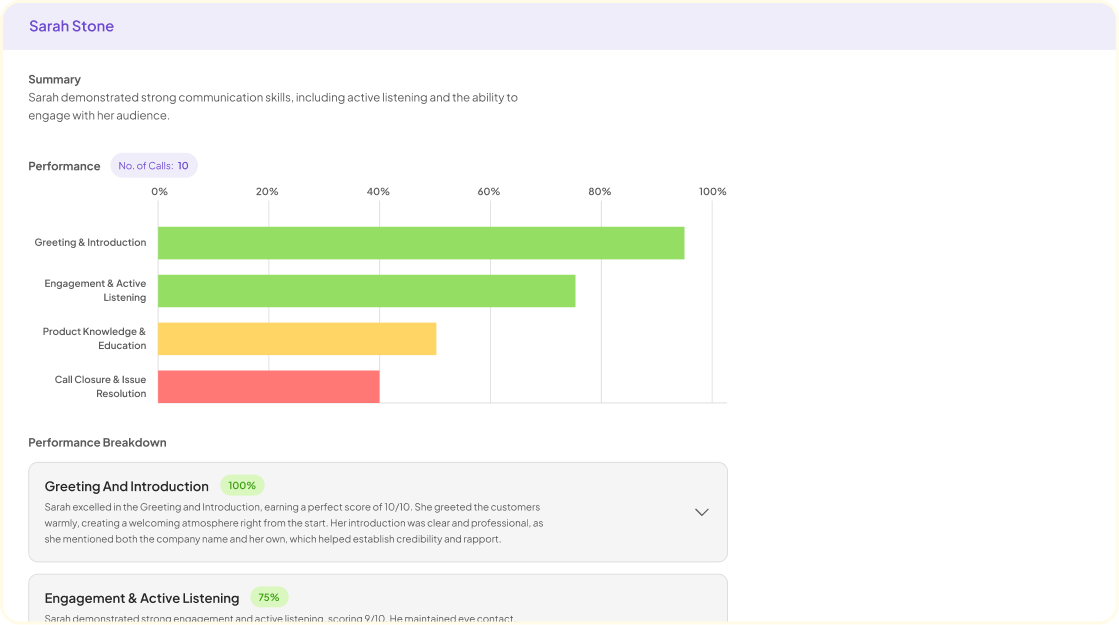Text mining, a powerful technique for extracting valuable insights from unstructured data, has become increasingly crucial in today's data-driven world. As researchers and analysts grapple with vast amounts of textual information, understanding the basics of text mining is essential for unlocking hidden patterns and knowledge. This process involves transforming raw text into structured data, enabling organizations to make informed decisions and gain a competitive edge in their respective fields.
At its core, text mining combines elements of linguistics, statistics, and machine learning to analyze and interpret large volumes of text. By employing sophisticated algorithms, researchers can identify trends, sentiment, and key themes within diverse sources such as social media posts, customer reviews, and academic papers. As we delve deeper into the text mining process, we'll explore how this powerful tool can revolutionize data analysis across various industries and disciplines.
Understanding the Text Mining Basics
Text mining is a powerful technique that unlocks valuable insights from unstructured data. At its core, this process involves extracting meaningful information from large volumes of text, such as documents, emails, or social media posts. By employing advanced algorithms and natural language processing, text mining can identify patterns, trends, and relationships that might otherwise remain hidden.
The basic steps of text mining typically include data collection, preprocessing, analysis, and interpretation. During preprocessing, the raw text is cleaned and standardized, removing irrelevant information and formatting inconsistencies. Analysis then involves applying various techniques like topic modeling, sentiment analysis, or named entity recognition to extract key information. Finally, the results are interpreted and visualized to draw actionable insights. Understanding these fundamentals empowers researchers and analysts to harness the full potential of textual data in their work.
Definition of Text Mining Basics
Text mining is a powerful technique that extracts valuable insights from unstructured textual data. At its core, text mining involves analyzing large volumes of text to discover patterns, trends, and hidden information. This process combines elements of natural language processing, machine learning, and data analysis to transform raw text into actionable knowledge.
The basic steps of text mining include data collection, preprocessing, analysis, and interpretation. First, relevant text data is gathered from various sources such as documents, websites, or social media. Next, the collected text undergoes preprocessing to remove noise, standardize formats, and prepare it for analysis. The cleaned data is then subjected to various analytical techniques, such as clustering, classification, or sentiment analysis, to uncover meaningful patterns. Finally, the results are interpreted and presented in a format that enables decision-makers to derive valuable insights and make informed choices based on the extracted information.
Importance of Text Mining for Different Professionals
Text mining offers invaluable insights across various professional domains. For researchers, it uncovers hidden patterns in vast datasets, accelerating the discovery process. UX professionals utilize text mining to analyze user feedback, identifying pain points and opportunities for improvement. In the business world, analysts extract market trends and consumer sentiments from social media and customer reviews, informing strategic decisions.
Marketing teams benefit from text mining by understanding audience preferences and tailoring campaigns accordingly. Product managers gain insights into feature requests and user experiences, guiding product development. In finance, text mining aids in risk assessment by analyzing news articles and financial reports. HR professionals use it to streamline recruitment processes, matching candidate profiles with job requirements. Ultimately, text mining empowers professionals across industries to make data-driven decisions, enhancing efficiency and driving innovation.
Core Text Mining Process
Text mining is a powerful process that extracts valuable insights from unstructured data. At its core, this technique involves analyzing large volumes of text to uncover patterns, trends, and meaningful information. The process typically begins with data collection, where relevant textual sources are gathered from various platforms such as social media, customer feedback, or academic papers.
Once the data is collected, preprocessing steps are crucial to clean and prepare the text for analysis. This may include removing irrelevant characters, standardizing formats, and eliminating stop words. The next phase involves applying advanced algorithms and natural language processing techniques to identify key themes, sentiments, and relationships within the text. These insights can then be visualized or summarized to support decision-making across various industries, from market research to academic studies.
Data Collection and Preprocessing
The foundation of any successful text mining project lies in effective data collection and preprocessing. Researchers and analysts must first gather relevant textual data from various sources, such as social media posts, customer reviews, or academic papers. This initial step requires careful consideration of data quality, relevance, and ethical concerns.
Once the raw data is collected, preprocessing becomes crucial to prepare it for analysis. This stage involves cleaning the text by removing irrelevant information, such as special characters or HTML tags. Researchers then normalize the text through techniques like lowercasing and stemming to reduce variability. Tokenization follows, breaking the text into individual words or phrases. Finally, stop words are removed to focus on meaningful content. These preprocessing steps ensure that the data is in a suitable format for further analysis, setting the stage for effective text mining and insights discovery.
Techniques for Text Mining Basics
Text mining is a powerful technique that extracts valuable insights from unstructured textual data. This process involves several key steps, each crucial for uncovering hidden patterns and knowledge. Let's explore the fundamental techniques that form the backbone of text mining:
Data Collection: The first step involves gathering relevant textual data from various sources, such as documents, websites, or social media platforms. This raw material forms the basis for all subsequent analysis.
Text Preprocessing: Once collected, the data undergoes cleaning and preparation. This includes removing irrelevant information, correcting spelling errors, and standardizing text format. Preprocessing ensures the data is in a suitable state for analysis.
Feature Extraction: This stage identifies and extracts meaningful features from the text. Common methods include tokenization (breaking text into individual words), stemming (reducing words to their root form), and part-of-speech tagging. These features serve as the building blocks for further analysis.
Text Analysis: With features extracted, various analytical techniques can be applied. These may include sentiment analysis, topic modeling, or named entity recognition. The choice of method depends on the specific goals of the text mining project.
By understanding these basic techniques, researchers and analysts can begin to harness the power of text mining to uncover valuable insights hidden within vast amounts of textual data.
Analyzing and Interpreting Results
Once you've collected and processed your textual data, the next crucial step is analyzing and interpreting the results. This phase involves uncovering patterns, trends, and insights hidden within the text. Start by examining the frequency of words and phrases, which can reveal key themes and topics. Look for unexpected correlations or relationships between different concepts or entities mentioned in the text.
Visualization tools can be invaluable for presenting your findings in a clear, digestible format. Consider using word clouds, network graphs, or heat maps to illustrate relationships and patterns. As you interpret the results, always keep your research questions and objectives in mind. Remember that context is crucial; don't rely solely on quantitative data, but also consider the qualitative aspects of your text. By combining statistical analysis with human insight, you can extract meaningful conclusions that drive informed decision-making and uncover valuable knowledge from your textual data.
Conclusion: Bridging the Gap with Text Mining Basics
Text mining basics serve as the foundation for unlocking valuable insights from vast amounts of unstructured data. As we've explored throughout this guide, the process involves several key steps, from data collection to interpretation. By mastering these fundamentals, researchers and analysts across various fields can harness the power of text mining to drive informed decision-making.
The journey from raw text to actionable insights may seem daunting, but with the right tools and techniques, it becomes an accessible and powerful approach. As technology continues to evolve, text mining will undoubtedly play an increasingly crucial role in extracting meaning from the ever-growing sea of textual information. By embracing these basics, professionals can bridge the gap between data overload and meaningful analysis, paving the way for more efficient and effective research practices.


